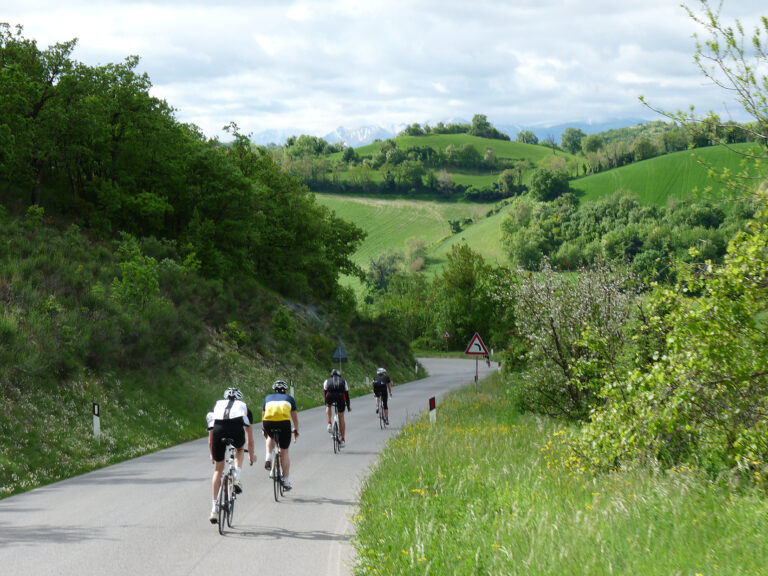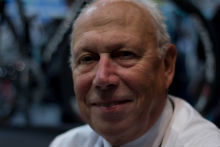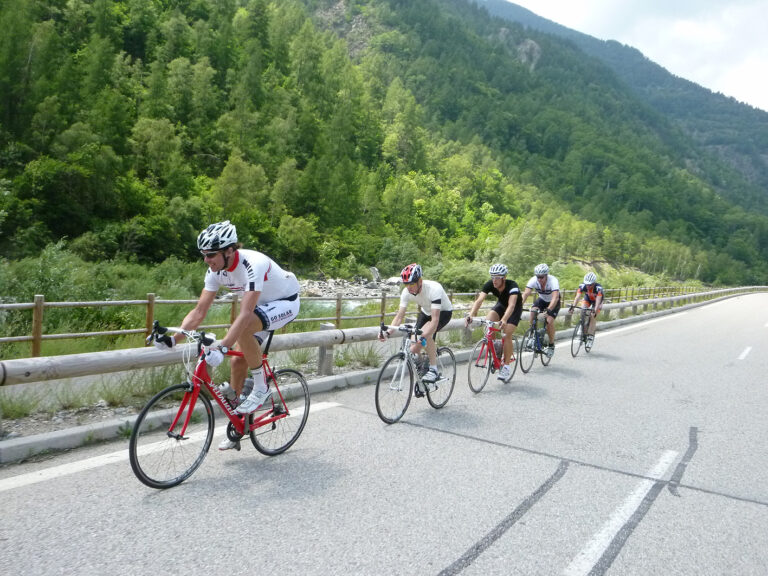
So far in this series we’ve looked at the components of fitness, the physical attributes you need to develop in order to be competent in your chosen discipline of cycling. We’ve also briefly touched on ‘periodisation’, which allows you to split your training year into more manageable chunks. These allow you to work with a more measured approach on the many varying elements you might need to improve.
But knowing how exactly you are to approach a training session or series of training sessions can be a daunting task. It’s like sitting in front of a blank sheet of paper with a pen and someone telling you that you have an hour to write a story. Frightening prospect, isn’t it? Some riders, who having decided they want to get better, then decide to go and do some ‘training’ as opposed to just riding their bikes, feel the same when facing a window of opportunity they’ve freed up and set aside for a training session. “What am I going to do with it, exactly?”
Good question. Where do you begin exactly in your quest to become a ‘better’ rider? This is where the principles of conditioning are invaluable. They offer a very useful guide to how you approach training to improve all the things you’ve decided you need to work on. Whether you have broad goals or very specific ones, following the principles of conditioning will ensure you are following the right path to achieving them. If you like, they offer a road map to guide you through your training. If you can look at your training as a whole, and honestly say that you are following the principles of conditioning, there is only one possible outcome: you will become a better rider. Quickly.
There are nine principles of conditioning that we need to concern ourselves with as cyclists, so let’s start by having a look at what they are:
1) Adaptation
2) Overload
3) Progression
4) Individuality
5) Long term planning
6) Specificity
7) Recovery
8) Reversibility
9) Variation
…and having identified them, let’s take a look at what they actually mean to your training, starting from the top with…
Principles of conditioning 1: Adaptation.
What is it? Adaptation is the process by which you learn to cope with stress. This stress can stem from the physical demands of training but also the mental pressures and tactical or technical elements you might be working on too. In short, adaptations are what you are striving for in every aspect of your cycling if you want to improve. Therefore ‘Adaptation’ as a principle of conditioning is vitally important, and sits at the top of our list for good reason.
In its simplest form, adaptations take place when you ride your bike a few times, get a little bit fitter and then ride it a bit more often and a bit faster. But we can be smarter than that and apply adaptations to very specific areas of our training as well as looking at the wider picture. And adaptations don’t begin and end with the physical effort of turning the pedals.
Let’s illustrate adaptation by looking at sprinting. If you want to be a better sprinter you go out and undertake a series of sessions where you work on your sprinting. Your body adapts to the physical challenge of sprinting so you sprint faster. In a race or group training situation you learn at what point and from where in the group of riders is the best time and place to launch your sprint. So you see tactical adaptations. You might also work on developing how quickly you can achieve your top end speed and how ‘smooth’ you are, so you see technical adaptations. Finally where you were initially a little timid in contesting the high-octane, teeth-baring, all-out aggression of the charge for the line, over time you have developed the ability to throw yourself in with the fast finishers and hold your place with confidence. Therefore you’ve seen psychological adaptations. So in your sprint training you have applied appropriate levels of mental, physical, technical and tactical stress and your mind and body have adapted accordingly.
The result? You have become a better sprinter. Now, don’t panic if you’ve got no intention of being the next Mark Cavendish and don’t even compete in events where a good sprint is a requirement. The principle of adaptation applies to all other aspects of your riding too. Clearly these adaptations don’t happen over the course of a single sprint session. Small but very significant changes take place over the course of a series of sessions so knowing how to optimise the training time in your sessions and link a series of sessions together allows you to achieve the maximum beneficial adaptation possible. How you do that is largely down to the remaining principles of conditioning, which we’ll start to look at next time with ‘progression’ and ‘overload.’
About the author:
Huw Williams is a British Cycling Level 3 road and time trial coach. He has raced on and off road all over the world and completed all the major European sportives. He has written training and fitness articles for a wide number of UK and international cycling publications and websites and as head of La Fuga Performance, coaches a number of riders from enthusiastic novices to national standard racers.
Contact: [email protected]





